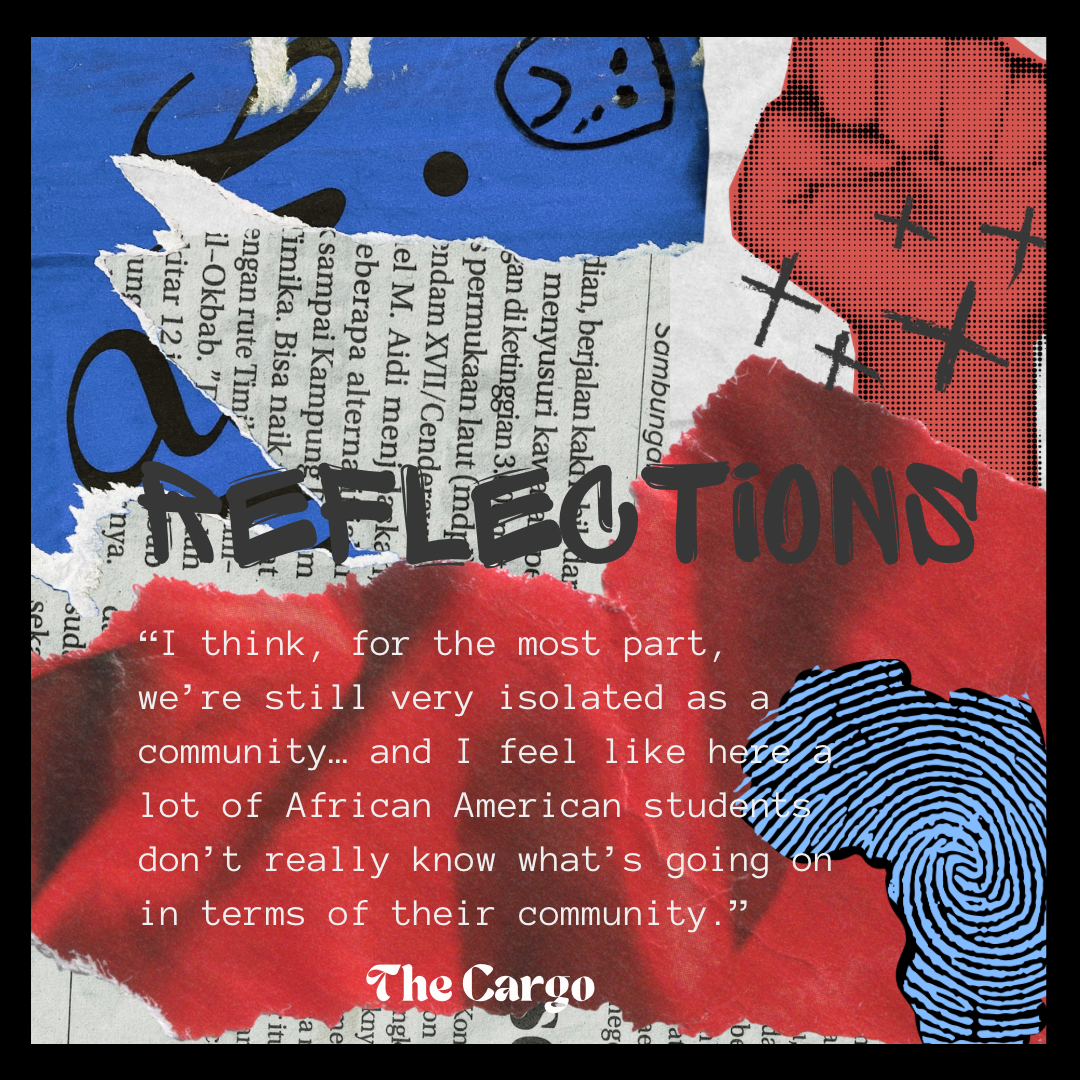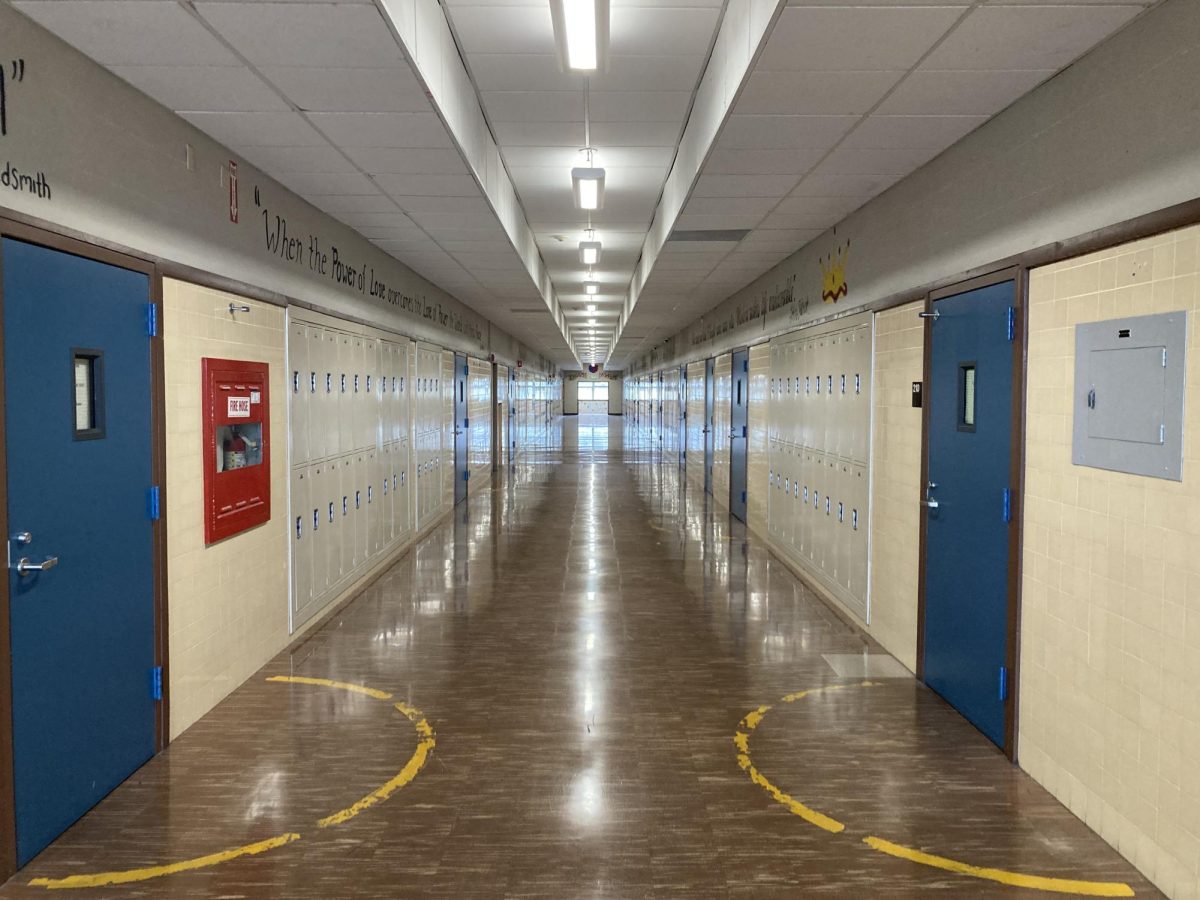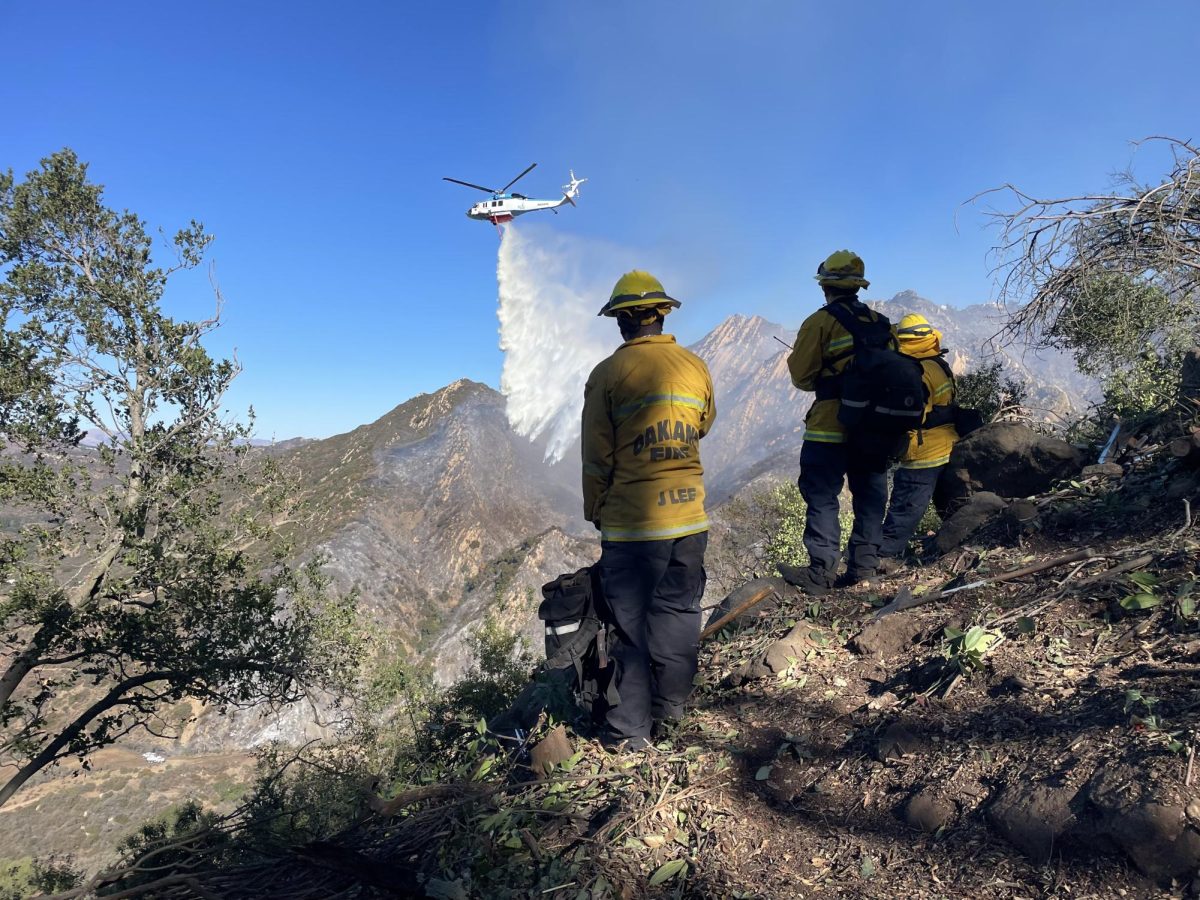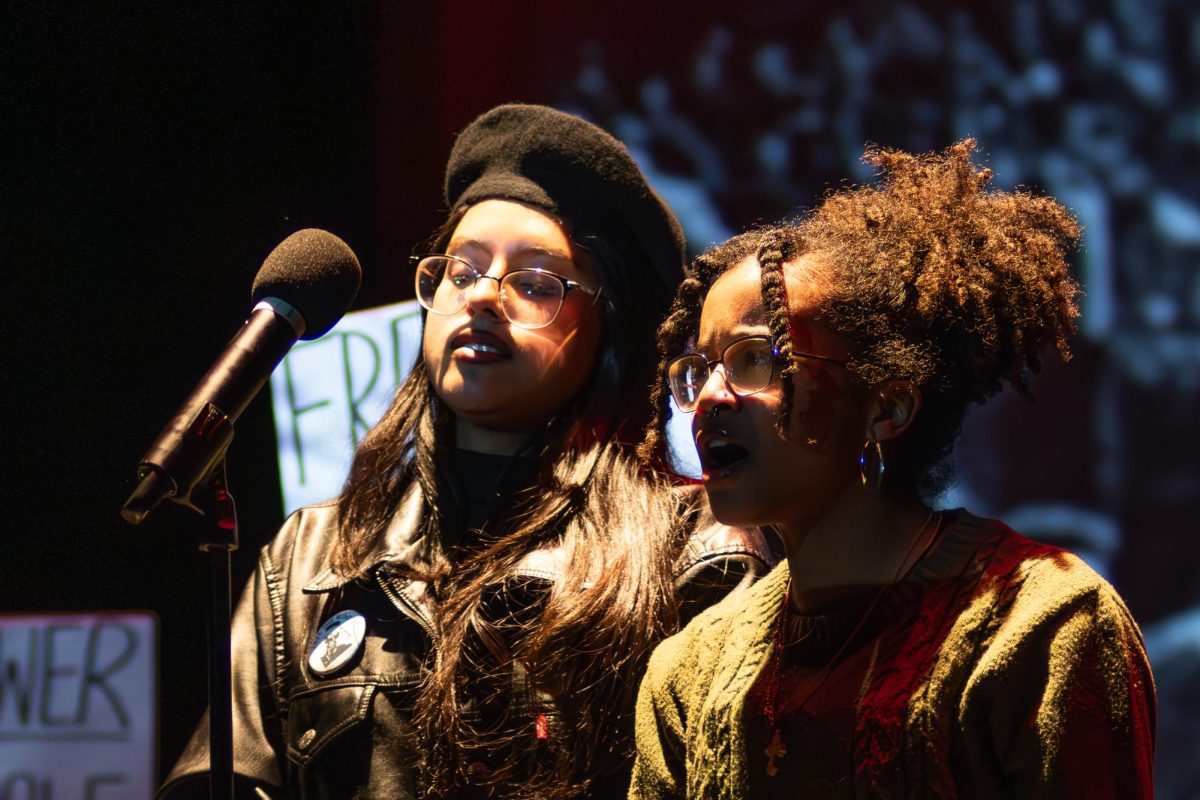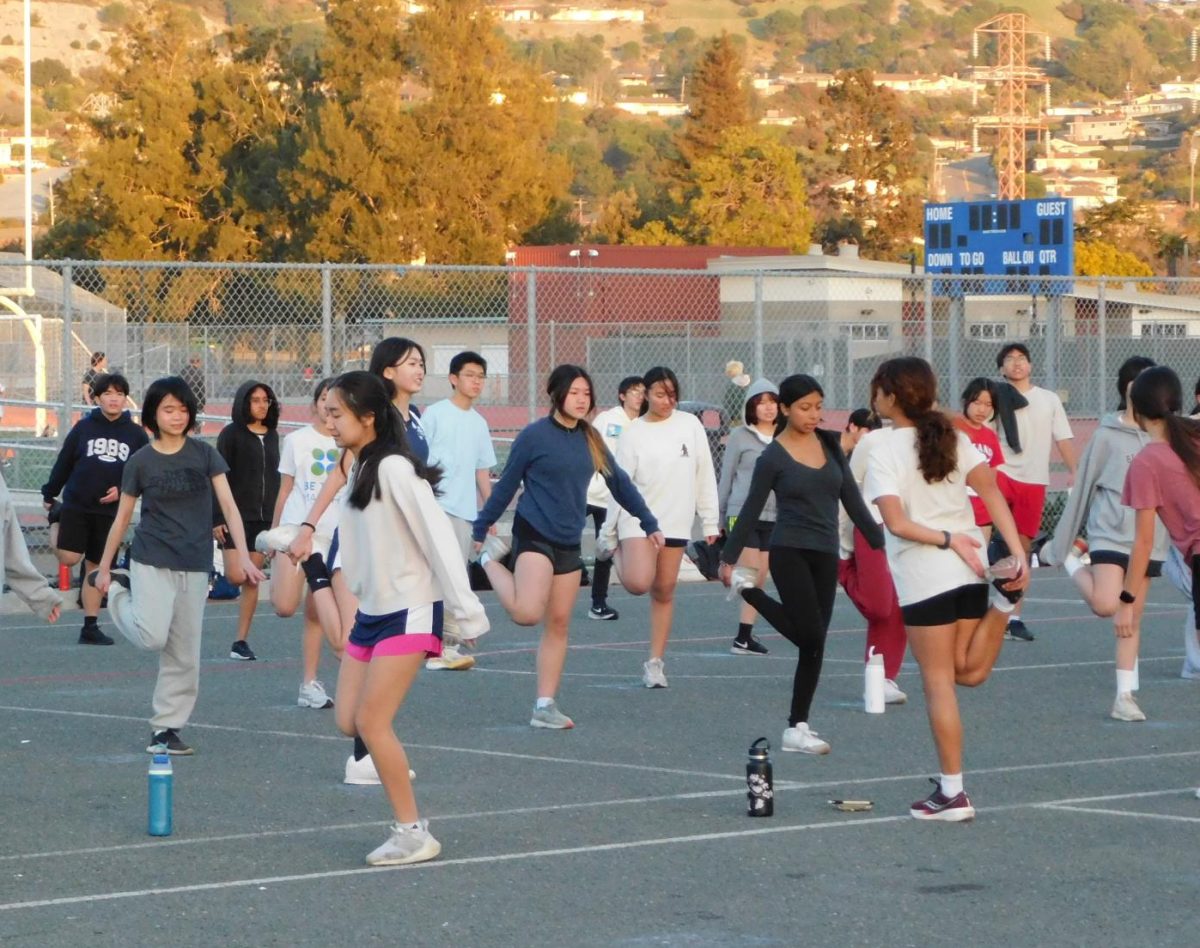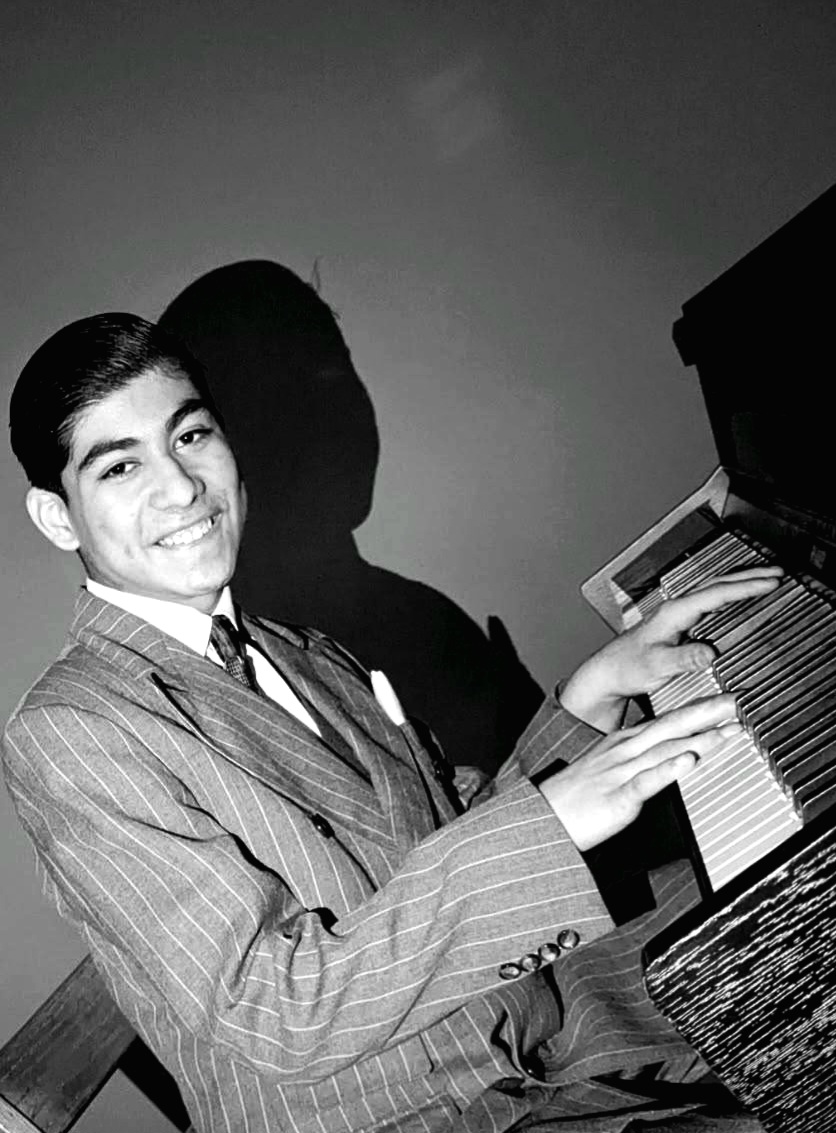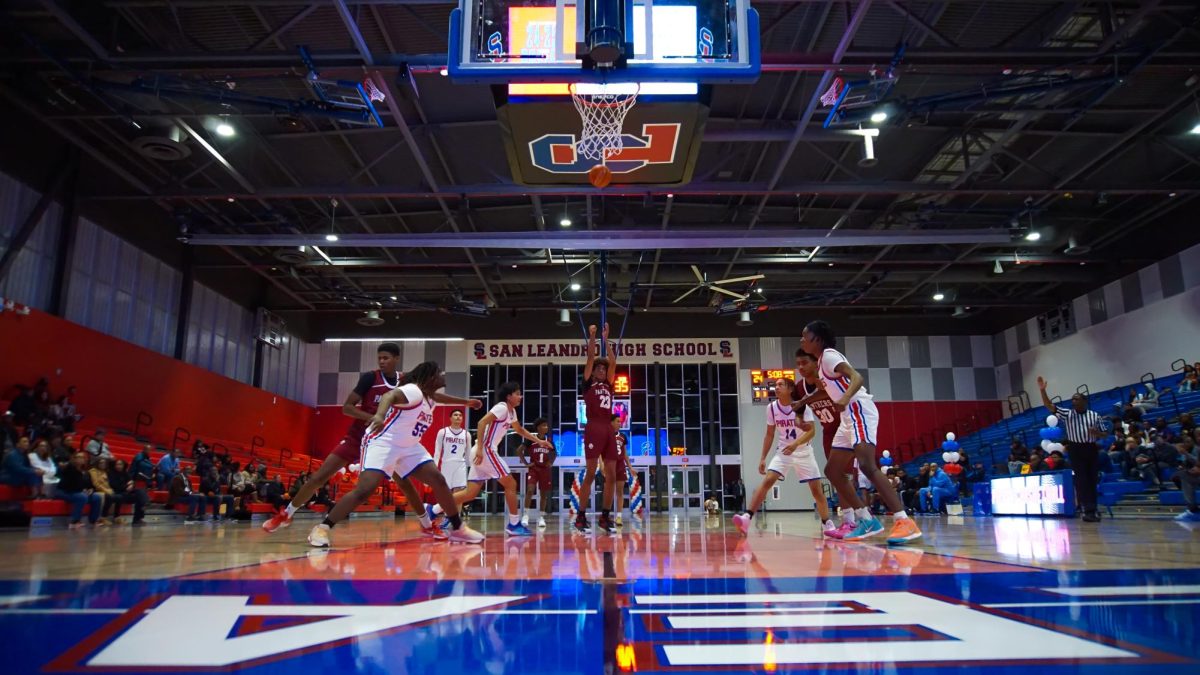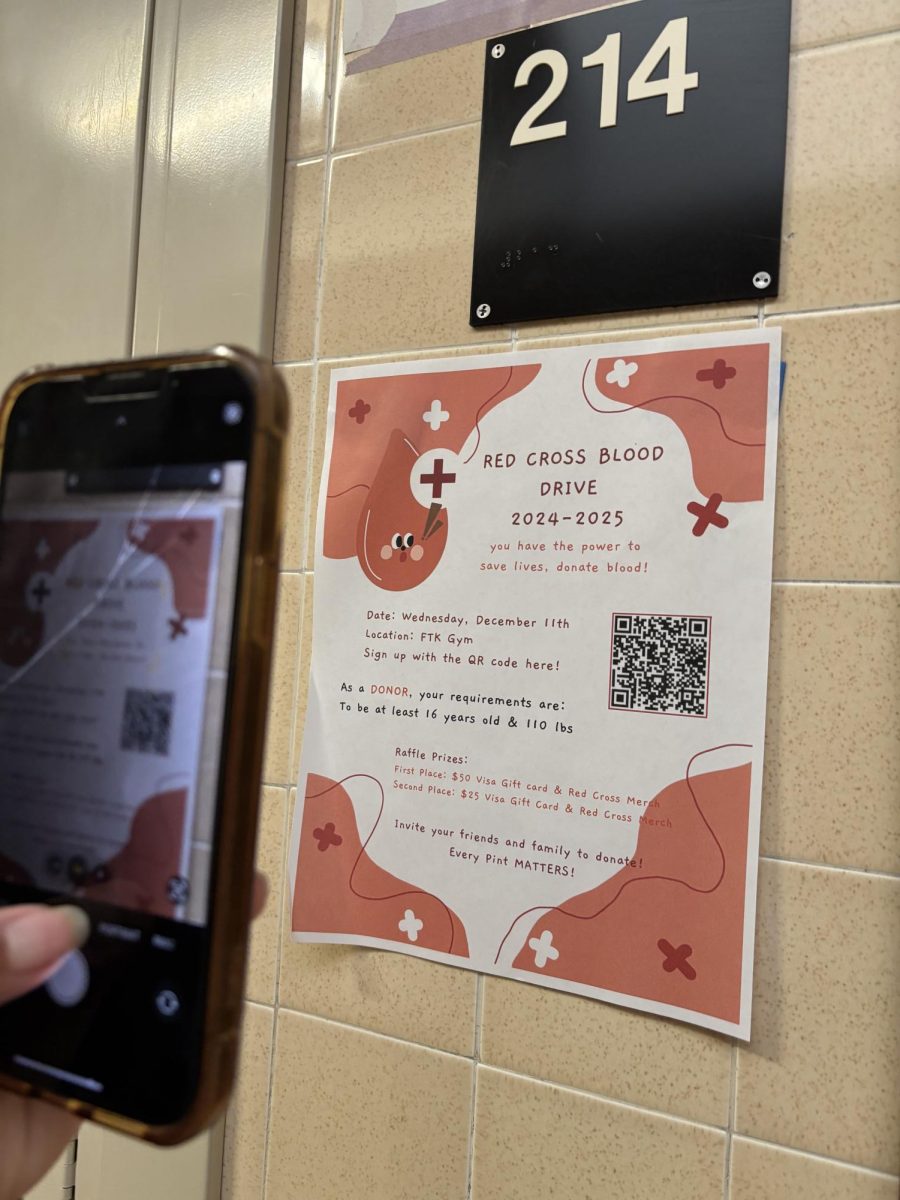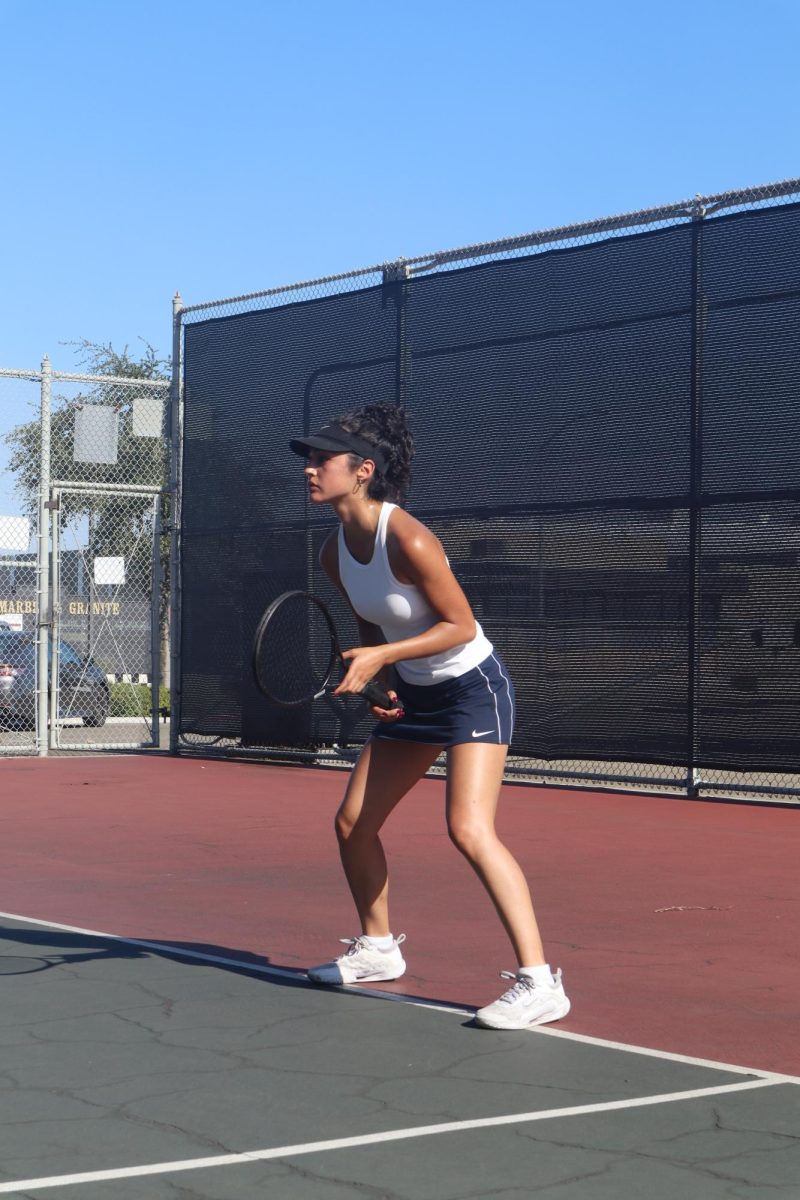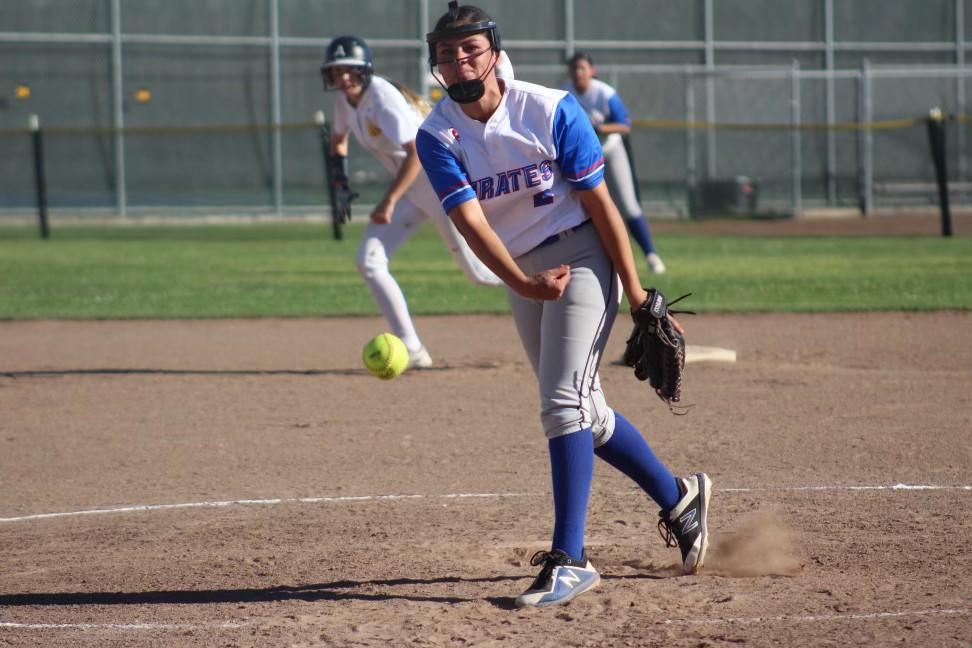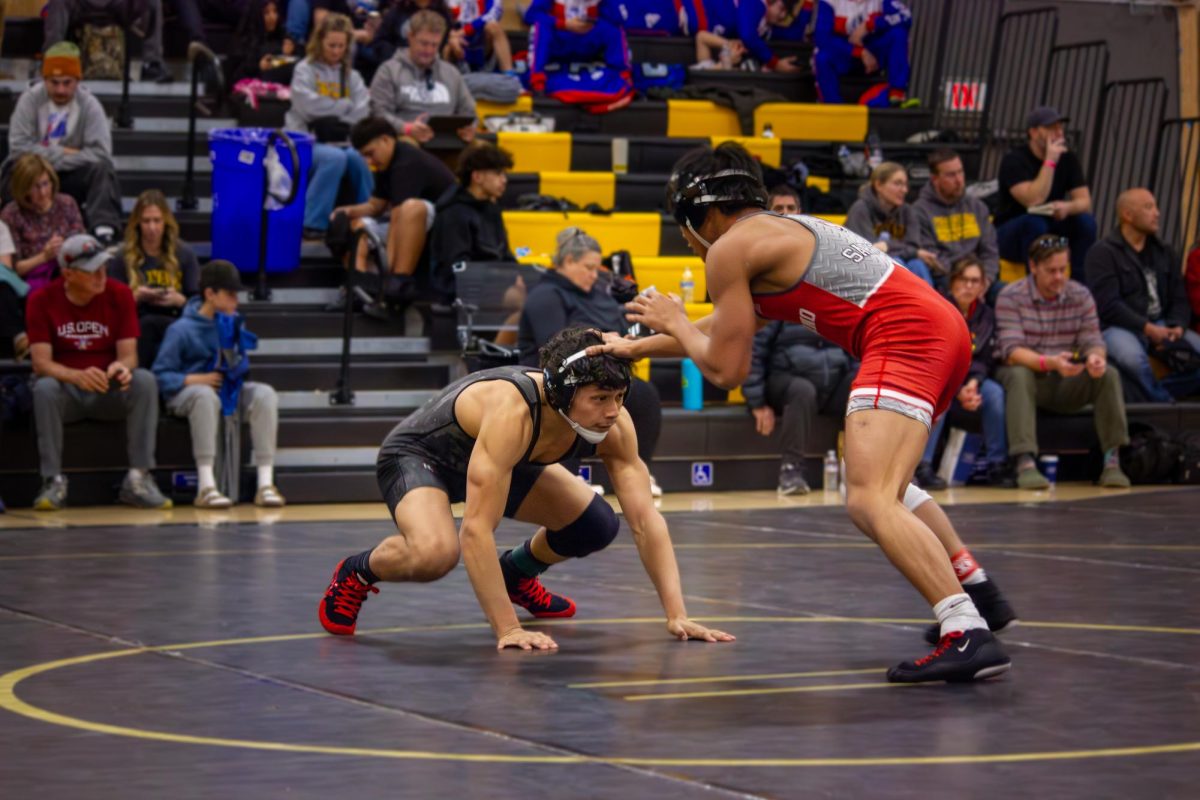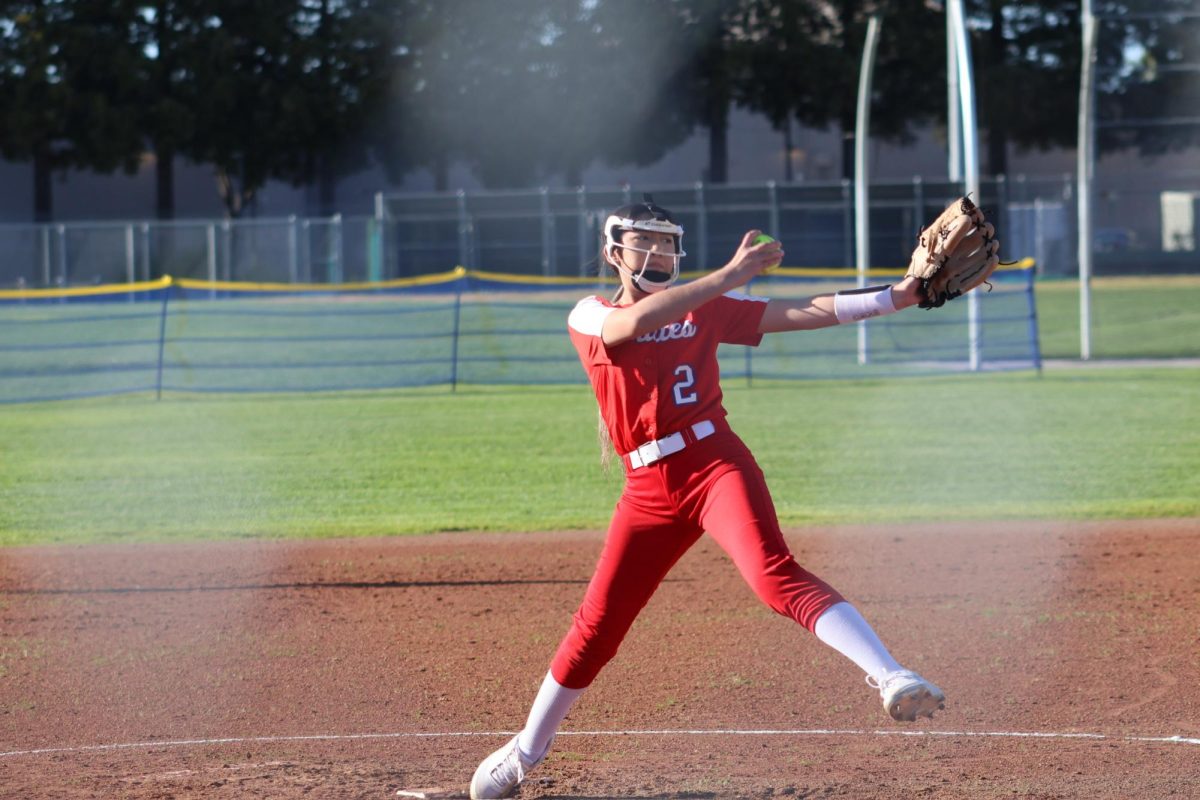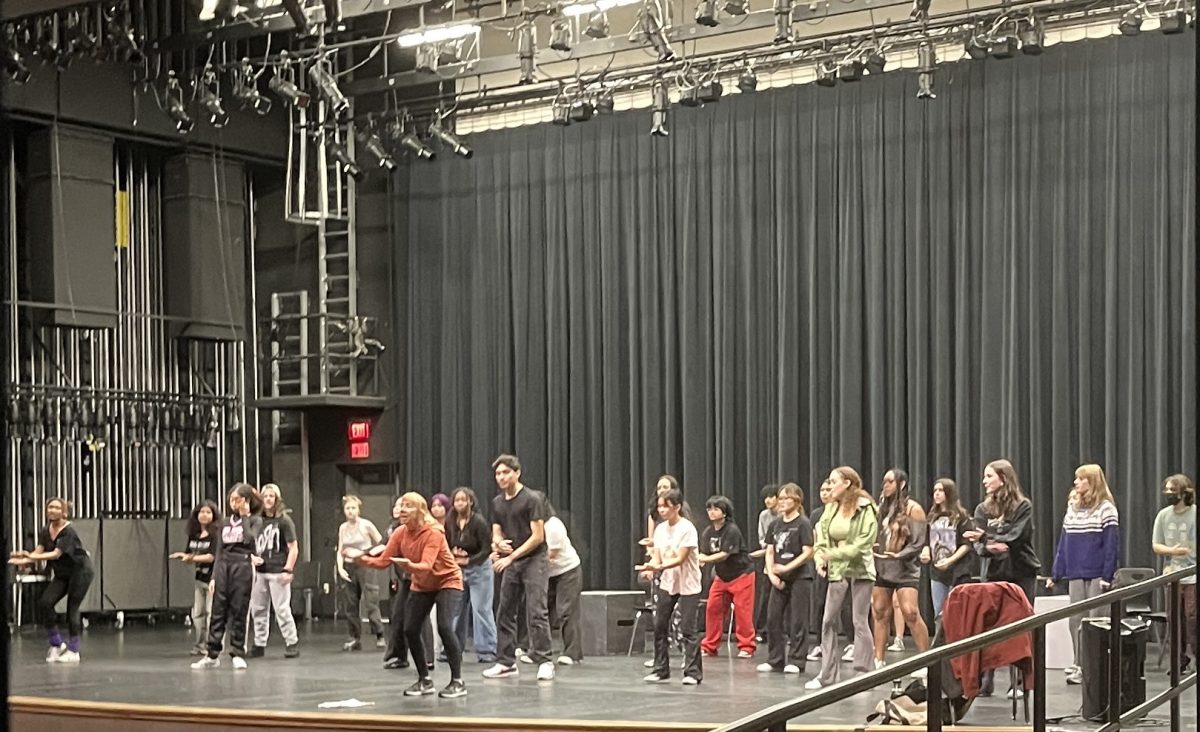Happy belated Black History Month, Pirates! Now is such an amazing time to remember where we come from as a community, where we are now, and how we can continue to grow. During the 1970s, San Leandro was classified as a sundown town where over 94% of people were white. People of color were allowed to pass through, but still had to deal with harassment from the police. Our city also has a history of redlining, which blocked many people of color from living in the city. Our former principals, Dr. Ronald Richardson (Dr. Ro) and Dr. Reginald Richardson (Dr. Re) said that when they were growing up, they weren’t allowed to live in San Leandro because of their race.
We have come a long way since then, and this is reflected in our school’s demographics. Most can agree that our school is diverse, but that doesn’t mean we can’t continue to grow. We interviewed a variety of different students and teachers to get their perspective on how San Leandro differs from the schools they grew up in and how San Leandro High School can continue to improve in their celebration of Black History Month.
A lot of the students agreed that their experience with being at a diverse school has been better since being at SLHS.Lauren Evans, a senior, grew up going to schools that had very little diversity, which caused her to develop a bit of self-hatred. However, as she’s grown older, she has devoted time to introspection and getting rid of her negative emotions about her race.
C’Niyah Harvey, a senior, was one of few black girls in her class as a kid. This caused her to be treated as a “teacher’s pet” of sorts, either getting special treatment or being treated as if she wasn’t intelligent enough to understand things. Due to this, she started to “white wash” her personality to fit in. When she moved to San Leandro for middle school, she again wanted to fit in, so in her words, she “started to act a tad bit ghetto.” As she’s grown up and began to find things she loves, she has found herself and can now be that unapologetically herself without feeling the need to change based on who she’s around.
Ahmari Robinson, a sophomore, feels that being here at San Leandro High has taught him more about who he is as a person of color and a clear understanding of his background since joining Social Justice Academy. He feels comfortable in his own skin and wants more people to feel the same way as he does, but feels that it can’t happen if our community stays divided. Robinson feels that there is still violence and hatred going on and that we need to improve on multiple levels. People are still calling each other racial slurs and he feels that there is no authority to step in and stop the nonsense. Sophomore La’Nette Murphy also feels the same as Robinson.
“It’s like we would rather choose violence over peace.”
When it was time to pick teachers to interview, there weren’t many of them to choose from. The teachers that we did interview noticed that there aren’t a lot of black educators at SLHS. Over the past few school years, we have lost many more African American teachers than any other race here. In the 2021-2022 school year, there were a total of twenty four African American staff photographed in the yearbook. The next school year, 2022-2023 the number decreased by two times. Due to the addition of a few black teachers and security guards this year the number may have increased, but we also have to remember that we lost 3 more black admin due to Dr. Ro, Dr. Re, and Dr. Versher leaving the school. These losses have no doubt had an impact on students and teachers alike.
Mr. Gordon, the AP Environmental Science, CP Environmental Science, and Biology teacher, when asked how our school is doing in celebrating Black History Month says that “As a community, if I gave us a grade, I would give us a C+.” Other teachers and students also agree that not enough is being done to celebrate or even acknowledge the month as a whole. Ms. Brandon, one of SJA’s english teachers and an AP Language teacher believes that people are currently more performative in their solidarity than really being an ally. Both Ms. Brandon and Mr. Gordon agree that the political climate has changed since they were students, but in other ways things haven’t changed much. Mr. Gordon went to a school similar to SLHS in terms of diversity, but similar to SLHS it lacked a lot of visibility of the black students and clubs such as Black Student Union.
So how can we try to correct these grievances? Ms. Brandon believes we should have daily facts in announcements and highlight the few black teachers and staff at our school. Similarly, C’Niyah Harvey also suggests that we should have announcements giving quotes or leaders of the day. Overall, Jenai Flowers thinks that “We should be putting more effort into celebrations.” We can do this by decorating the halls, inviting successful and prominent black people to speak at our school, and marketing the month better to students.
In general, the most important factor in improving our community’s impact on Black History Month is communication. Our school is about 15% black students, we have six black teachers, and five other black staff, and yet people still feel disconnected from their community. “I think for the most part we’re still very isolated as a community… and I feel like here a lot of African American students don’t really know what’s going on in terms of their community,” said Mr. Gordon.
With the support of our community — including leadership, the school district, and individual students, we can reach more people to better celebrate black culture and history. The month of February has just ended, and the only acknowledgment of Black History Month in the school has been an announcement from BSU and an event put on by BSU and SJA. However, it is never too late. We can celebrate black history and excellence year round with the enthusiasm it truly deserves and in the coming years do the work that’s necessary to grow as a community.

